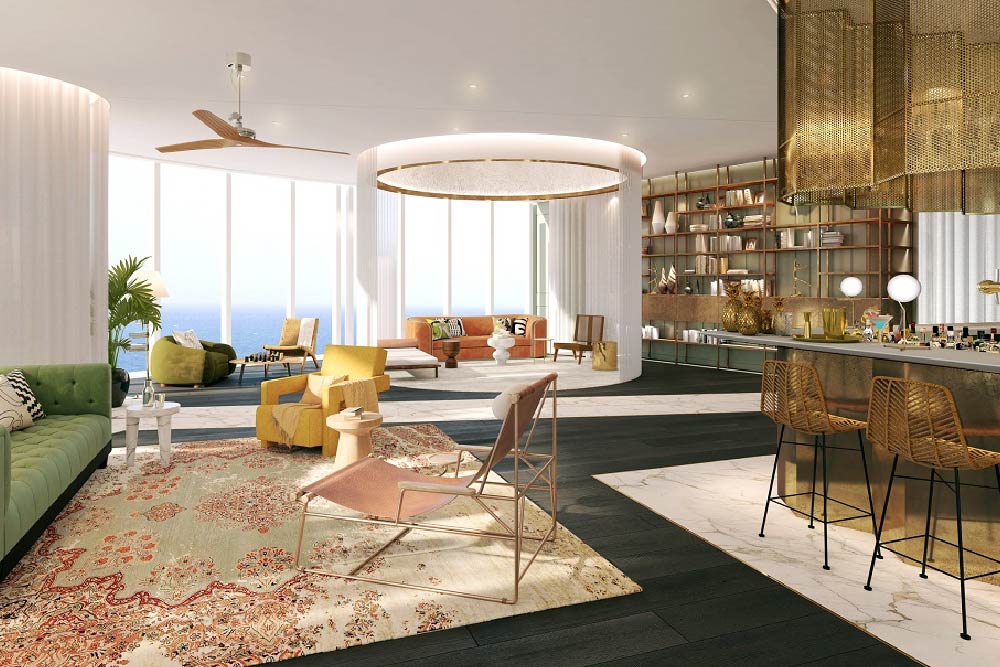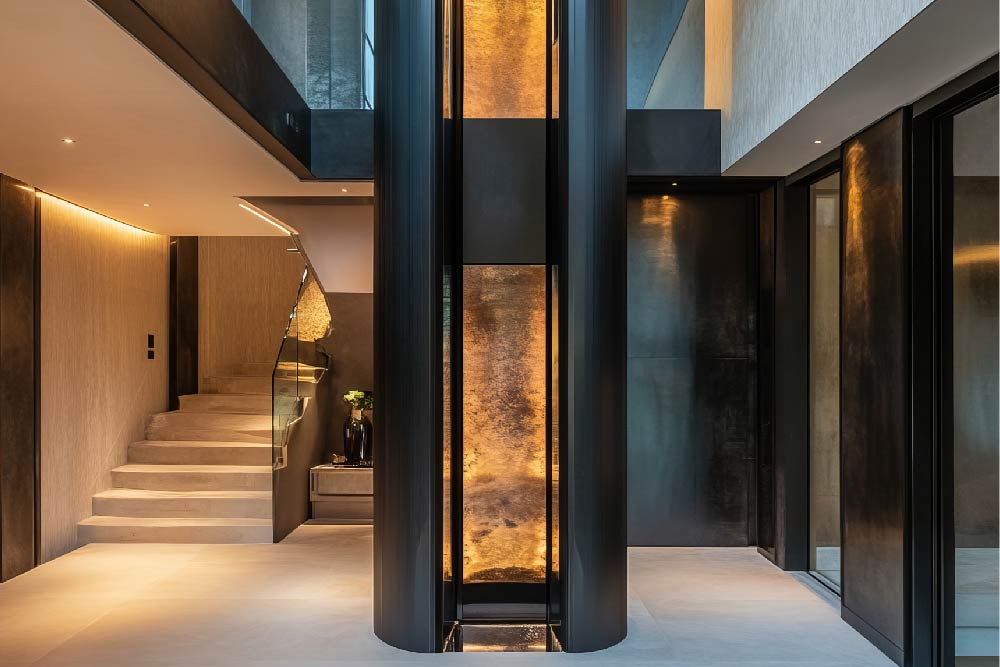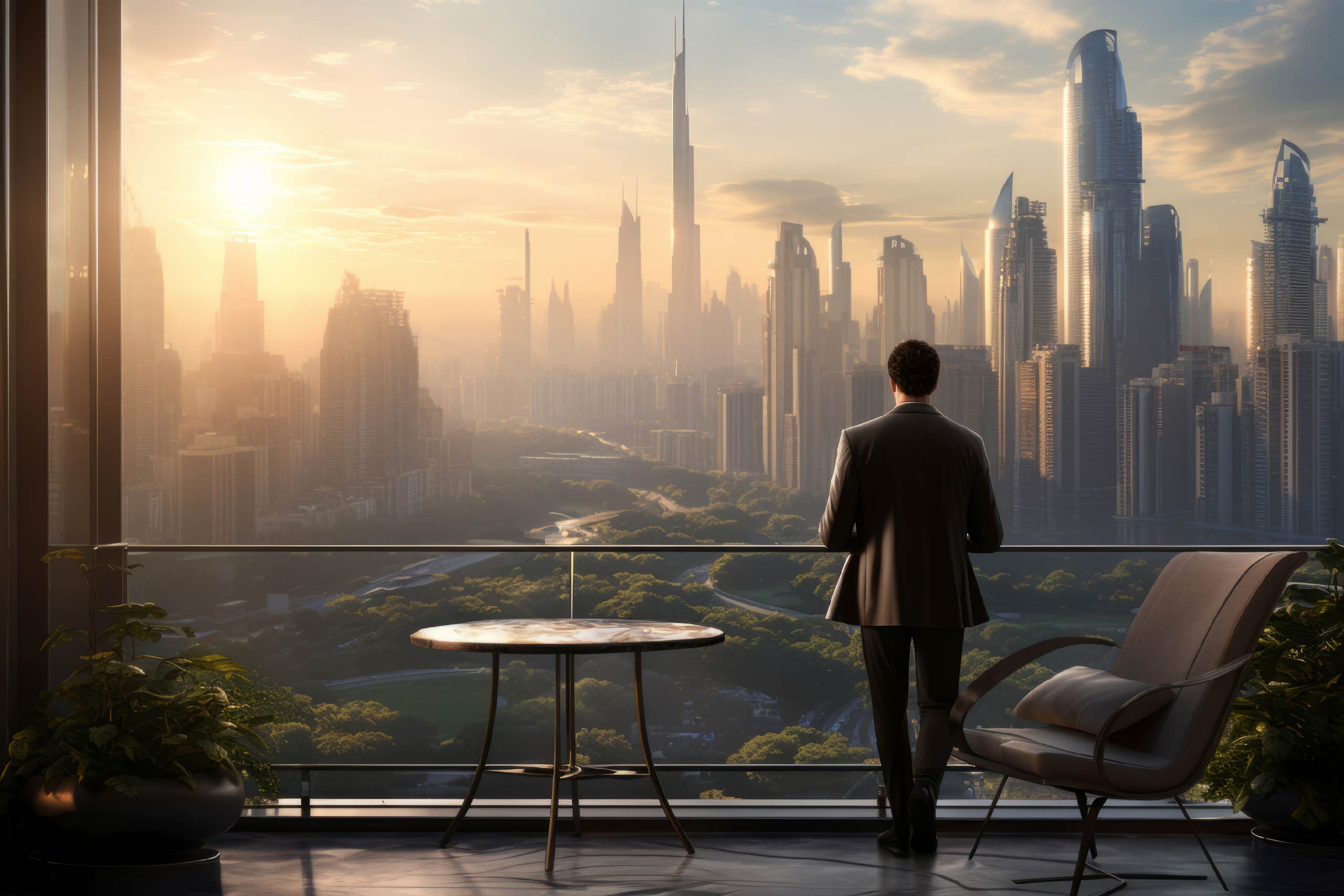
Luxury Real Estate India today is defined by more than just prime locations and exquisite design—it is about identity, association, and the influence of a globally recognized name. For Ultra-High-Net-Worth Individuals (UHNIs), a home is not just a place to live but a reflection of personal taste, influence, and a carefully curated lifestyle. This evolving mindset is reshaping the high-end residential market, driving a clear shift towards signature residences by luxury brands over traditional homes.
In recent years, this segment has evolved from niche to mainstream. Branded Residences India command a 30% global price premium on average and continue to witness strong absorption, particularly in luxury growth markets like India. The demand is no longer simply about luxury—it’s about what the brand signifies: trust, status, lifestyle, and long-term value.
Branded Residences: A New Language of Luxury
Unlike conventional luxury homes, branded vs luxury homes is no longer just a matter of aesthetics—it’s about association and assurance. A branded residence is built in collaboration with a globally established brand in fashion, design, hospitality, or even automotive—think Armani, Versace, or Four Seasons. These names bring not only recognition but also a highly specific lifestyle standard, service quality, and design philosophy.
Originating in the early 20th century, branded homes have now become a strategic asset class, aligning design-led living with brand equity. This trend is reinforced by changing UHNI real estate trends, where investment, identity, and exclusivity converge.
Why UHNIs Gravitate Towards Branded Residences
For UHNIs, the definition of home has moved beyond square footage. They seek immersive experiences and curated ecosystems that match their global sensibilities. Branded residences appeal precisely because they go beyond the material, offering symbolic and experiential value.
Key differentiators include:
- Concierge services: Round-the-clock personal assistance and guest services
- Signature amenities:Private spas, wine lounges, wellness zones, art galleries, and more
- Professional asset management: : Maintenance, security, and housekeeping aligned with global hospitality standards
- Brand-linked privileges: Global memberships, loyalty access, and exclusive experiences
- World-class interiors: Conceptualized by internationally acclaimed designers to reflect the brand’s DNA
- Curated resident community: A community of like-minded individuals who value privacy and refinement
Together, these attributes define the new meaning of luxury—personal, immersive, and highly distinguished.
Investment Value: Why Branded Real Estate Delivers More
Beyond lifestyle, Branded Residences India offer a strong financial edge. Their limited inventory and sustained demand ensure higher capital appreciation, better resale value, and stronger rental yield than traditional high-end homes. The affiliation with trusted global brands further instills confidence in both primary buyers and secondary investors.
According to leading reports, this segment in India is poised to grow by 60% by 2027, reinforcing its long-term value. For HNIs and global investors alike, this shift reflects a growing preference for intelligent assets that are both lifestyle-enabling and future-proof.
Pune: An Emerging Market for Branded Residences
While Mumbai and Delhi NCR continue to lead, Pune has rapidly emerged as a serious contender in the Luxury Real Estate India landscape—particularly in the branded segment. Supported by infrastructure upgrades, rising affluence, and a maturing lifestyle ecosystem, Pune is attracting HNIs and international investors..
Some of the most notable branded residences for investment in Pune include:
- YOO Pune by Philippe Starck: India’s first ready-to-move-in YOO-branded residences, nestled in 13 acres of lush greenery at Hadapsar
- YOO Villas: A private gated villa community blending luxury, nature, and Kelly Hoppen’s signature interiors
- Trump Towers Pune: A landmark twin tower project in Kalyani Nagar designed by Matteo Nunziati, offering panoramic city views and elevated living
- YOO One: Designed by Sussanne Khan for YOO, this luxury residence brings a bold aesthetic and high-function layout to Pune’s evolving skyline
These projects demonstrate how Pune is rewriting the rules of luxury, not by copying other metros, but by creating its own brand-forward identity.
Luxury today is as much about aspiration and expression as it is about location or scale. Branded residences capture that transformation, offering homeowners a sense of belonging, heritage, and value that goes beyond traditional homeownership.
At SQUAREA, we understand that luxury is no longer transactional—it’s transformational. Whether you’re acquiring a lifestyle home or a legacy investment, we offer access to the most prestigious branded residences for investment in Pune and across India.
Contact us at hello@squarea.io or call +91 90 9641 9641 to explore your next prestigious address.




